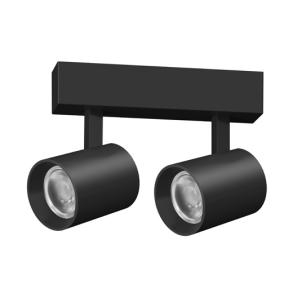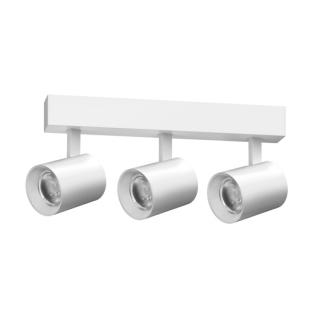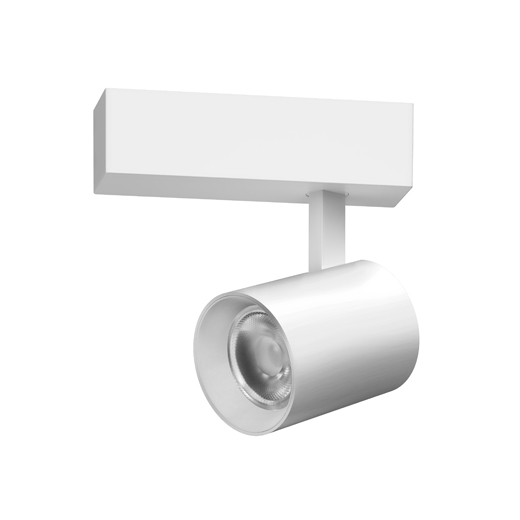LED Downlight Size Guide For Commercial Applications
By hqt

Things You Need to Know About Led Downlight Size
LED downlight size is a term that you want to familiarize yourself with if you are planning on installing LED lighting in your home. The size of the LED downlight refers to the diameter of the light bulb itself.
For example, Eilene Series 30W LED Recessed Downlight has different sizes such as Φ90*85mm, Φ115*105mm, and Φ135*125mm based on its features.
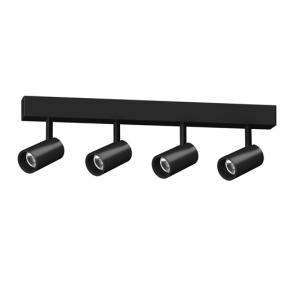
The most common sizes are 5, 7, 9, and 11 inches. To determine what size downlight you need, measure the diameter of the opening in your ceiling where it will be installed. Then, select a fixture with a corresponding size.
When choosing your LED downlight size, consider how much light you need and where it will be used. For example, if you have an area that needs more illumination than others (e.g., kitchen or dining room), then use larger bulbs with higher lumen power ratings (more lumens per watt) because they produce brighter light output than smaller bulbs do.
What’s the Difference Between the LED Downlight Size?
LED downlights are becoming more popular in homes because they are energy efficient and provide warm light output. They can also be installed in existing light fittings or new builds, with no need for rewiring.
The size of the LED light bulb is measured in millimeters. The diameter and length of the bulb are measured in millimeters. The larger the diameter, the more light output you will receive from your LED bulb. This is especially important if you are using it as a replacement for halogen or incandescent bulbs. If you are replacing a fluorescent light, on the other hand, wattage matters more than anything else.
The length of an LED bulb refers to how deep it is into your fixture (or other housing). It can also be referred to as depth or height. You may have heard people talking about “depth” when they talk about their lights, but this is referring to the depth of their fixture or housing rather than the actual depth of their light bulbs themselves.
Solutions for Reducing LED Downlight Size
LED lighting is becoming more and more popular as a replacement for traditional lighting. For example, many homeowners are choosing to replace their incandescent bulbs with LEDs, which use less energy and last longer. As more people switch to LEDs, they may notice that some of the newer lights are quite large. In fact, these lights can be up to four times larger than standard incandescent bulbs.
If you’re trying to decide whether or not it’s worth upgrading to LED lighting, here are some solutions for reducing LED downlight size:
1. Use smaller fixtures.
One way to reduce the size of your LED downlights is by using smaller fixtures. For example, if you want a ceiling fan with LED lights in it, look for one that has smaller bulbs instead of larger ones. This will allow you to install the same amount of light at a much lower cost and in a smaller space.
2. Use multiple bulbs per fixture.
Another option is simply to use multiple bulbs in each light fixture so that you don’t need such a large fixture itself. For example, instead of using one 100-watt bulb per fixture, try installing three 30-watt bulbs instead — this will give you better coverage without taking up as much room in your room.
3. Install dimmer switches on your lights.
If you have many rooms with overhead lighting and want them all to be on at once, then consider installing dimmer switches in each room’s light fixture. This way, you can turn down the brightness when you don’t need it to be as bright. This will also save you money by reducing the amount of electricity used by these lights during off hours.
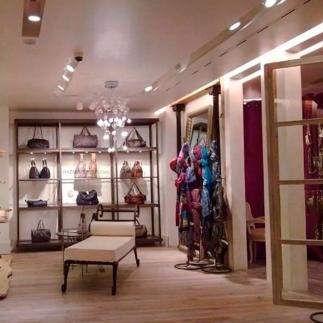
Led Downlights Size Misconception
LED downlights are quite different than traditional fluorescent light bulbs. They are more energy efficient and have a longer life.
The LED light is much smaller than a traditional incandescent lamp, which can make it difficult to find adequate housing for them. Most people think that the standard diameter of an LED downlight is 5 inches, but this isn’t always true.
The LED light’s size varies depending on how many lumens it produces and what type of bulb you want to install.
For example, if you want to use a 30-watt LED downlight, then the standard size would be 5 inches in diameter and 3 inches high with an E26 base. This means that the bulb will fit into any standard fixture that uses this type of socket.
If you want to use a 60-watt LED downlight instead, then you need to purchase one that’s 6 inches high with an E26 base as well as 4 inches in diameter at its widest point. This type of bulb won’t fit into any fixture made for a standard incandescent or halogen bulb unless you already have an adapter available for it!
Which Led Downlight Size You Should Choose?
Choosing the right size is important for a number of reasons. First, it’s likely that you’ll need to make some modifications to your home’s electrical system to accommodate the new lights. You may be able to get away with using existing wiring, but if not, you’ll need to install a dedicated circuit or upgrade your breaker panel. The last thing you want is to have the new lights installed and not be able to use them because they aren’t wired correctly.
Second, choosing the right size will ensure that your new downlights are bright enough for your needs. If you choose too small of an LED downlight for your kitchen, for example, then it won’t give off enough light to illuminate all corners of the room at once. This can cause shadows and uneven lighting when you’re cooking or preparing food!
Third, if you choose too large of an LED downlight for your bathroom vanity mirror or above a sink, then it can look out of place and overdone in comparison with other elements in the room — like mirrors installed on walls above sinks or bathtubs!
Conclusion
Englumia has many types of LED downlight sizes based on features. For example, the size of the LED downlight can be determined by its power and light source type. You can also choose an LED downlight that is suitable for your environment and room conditions.



